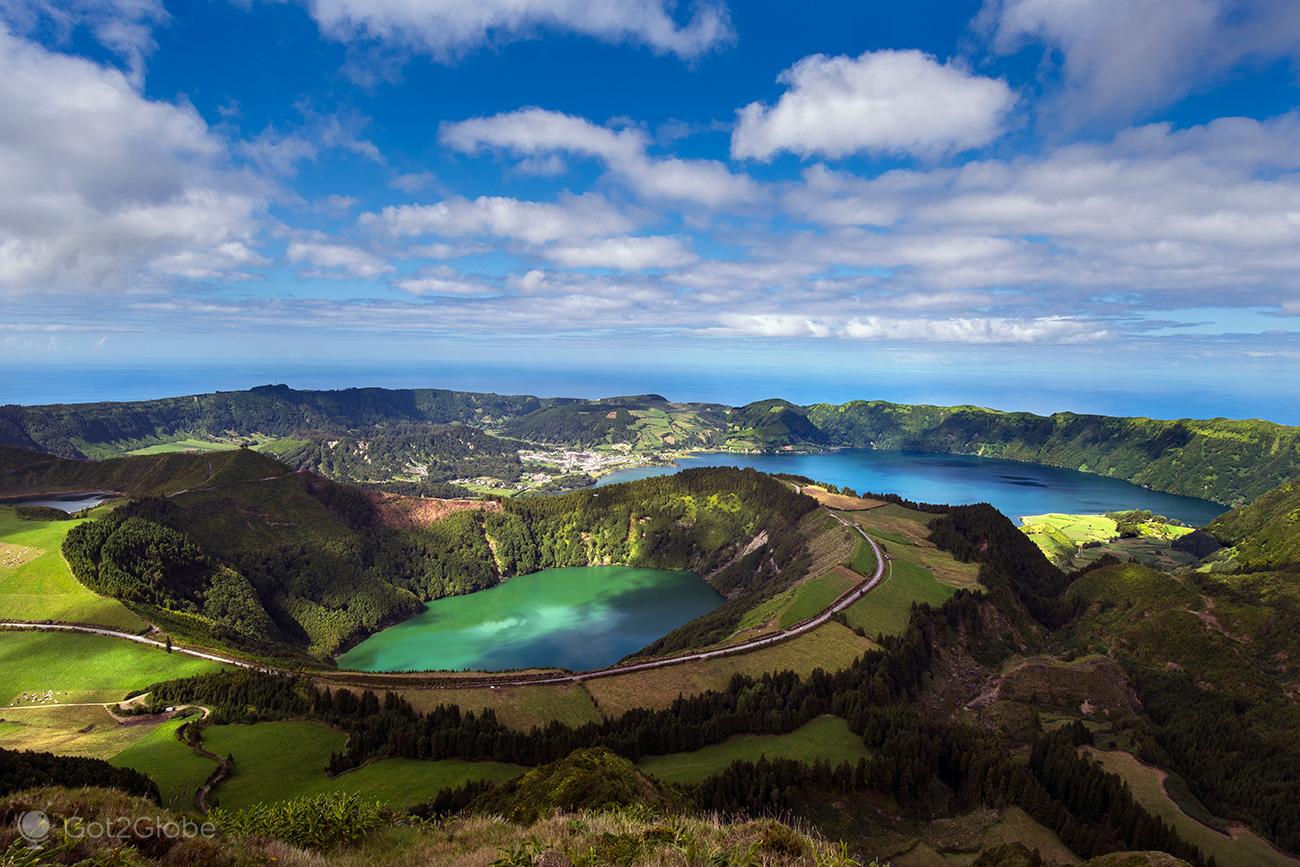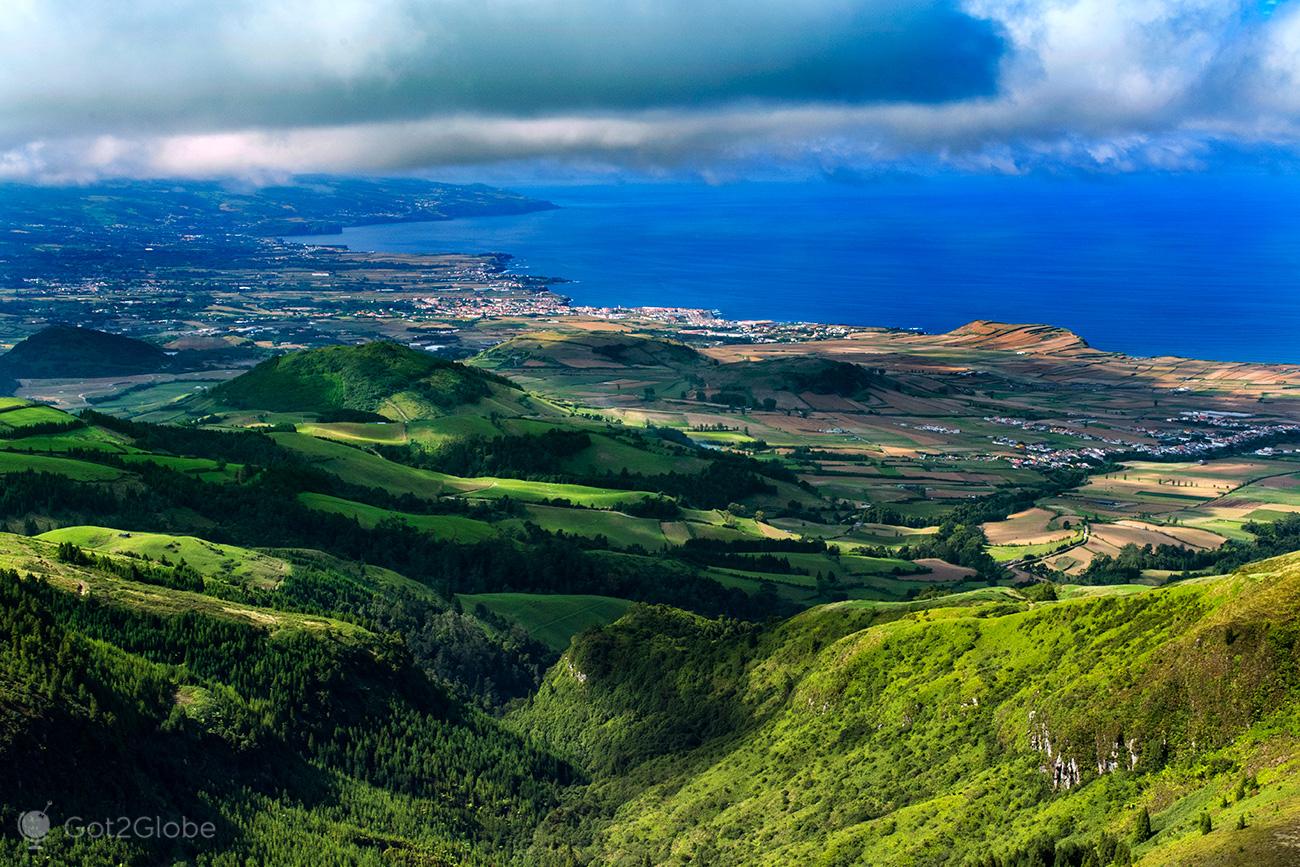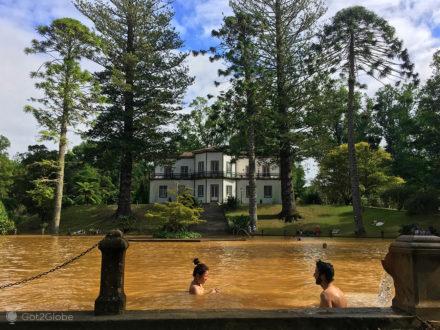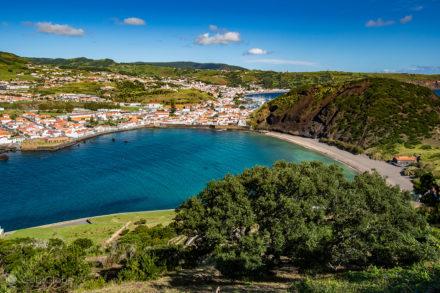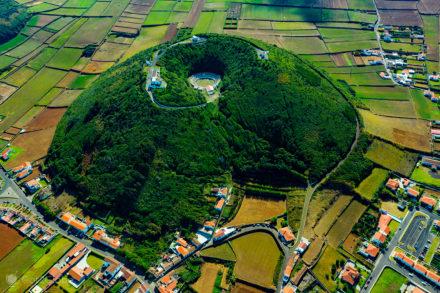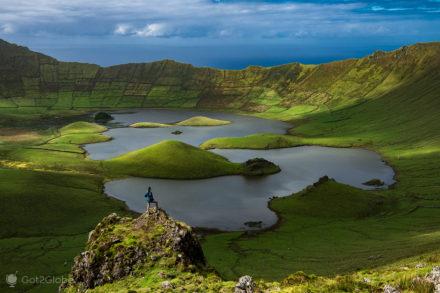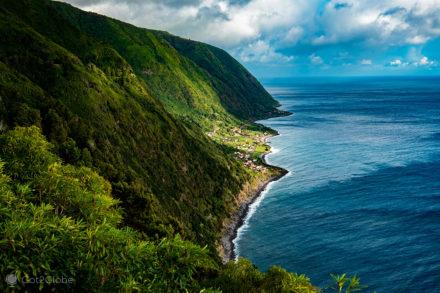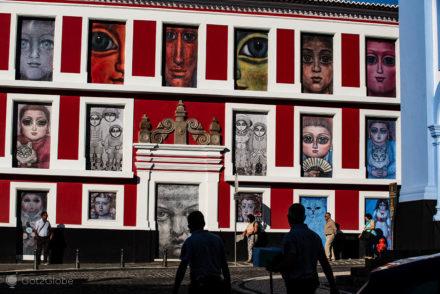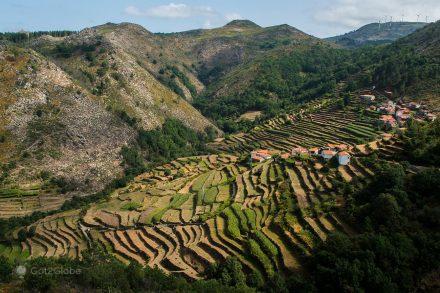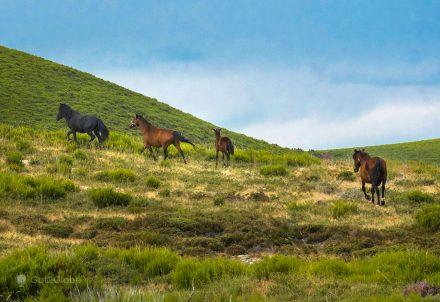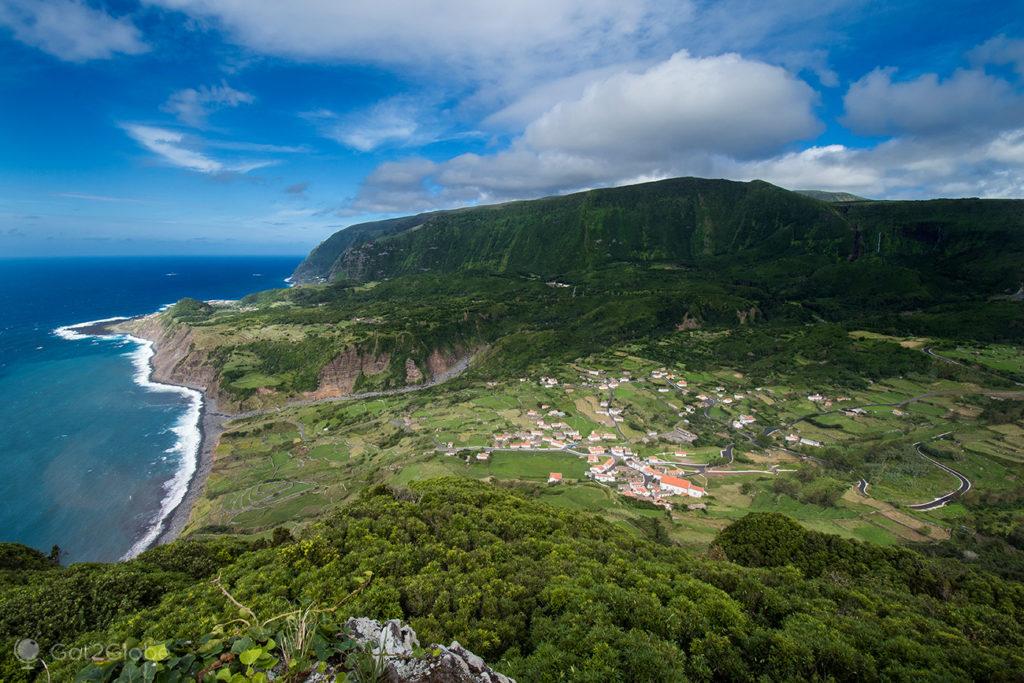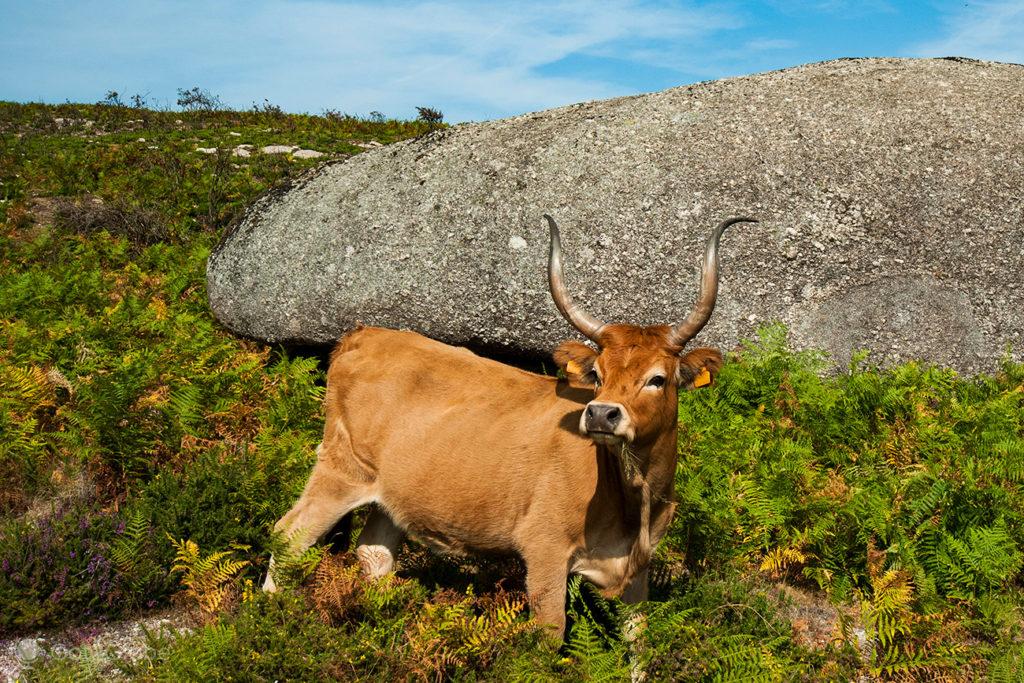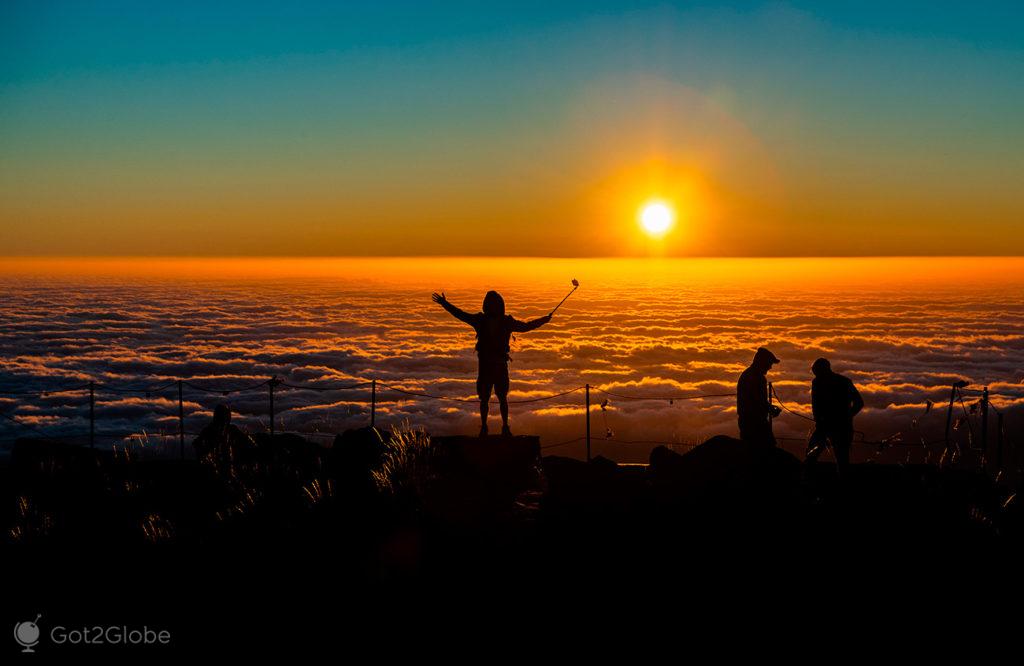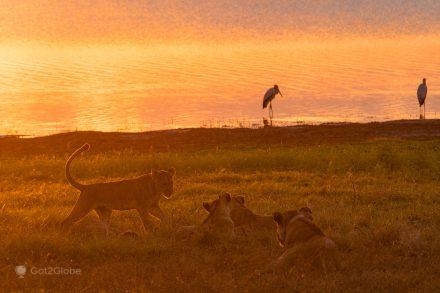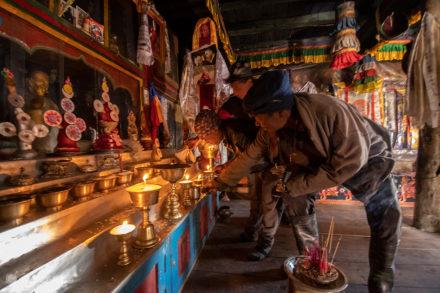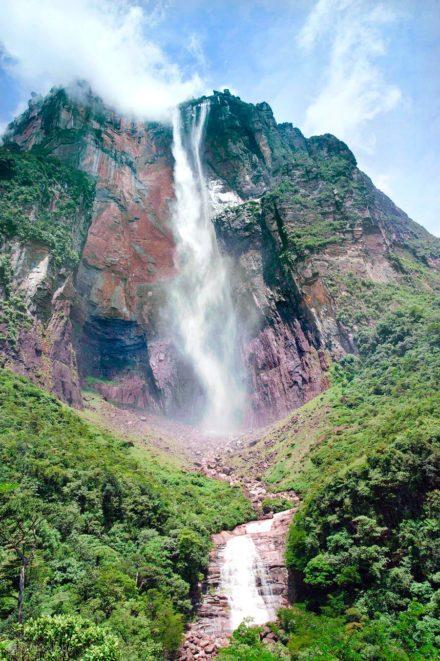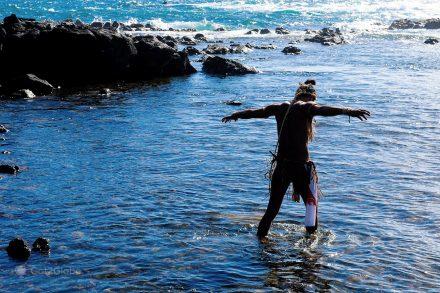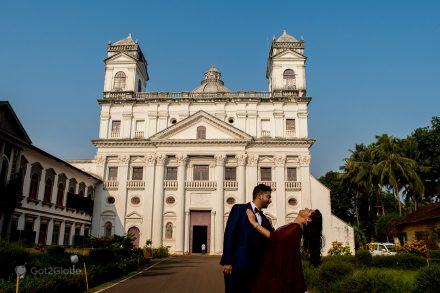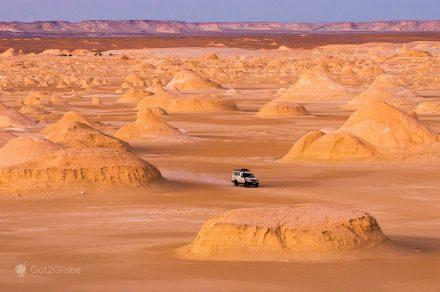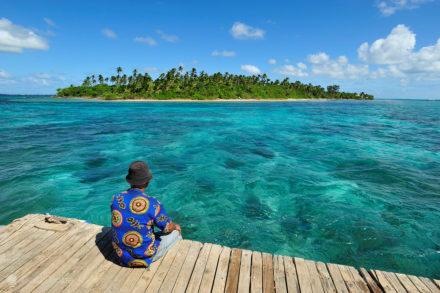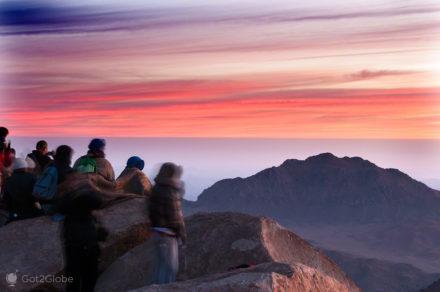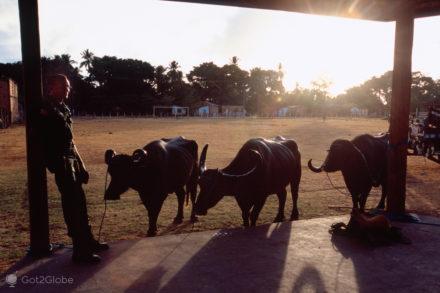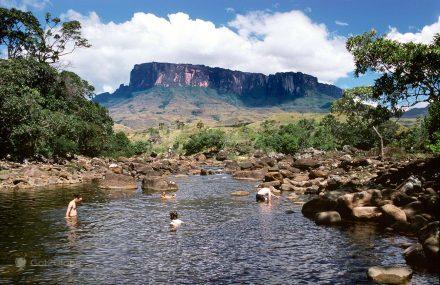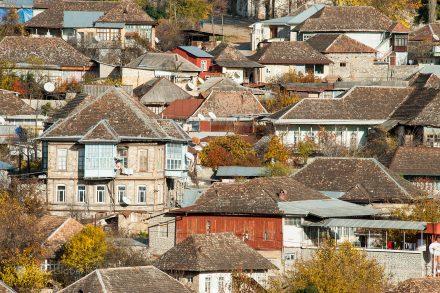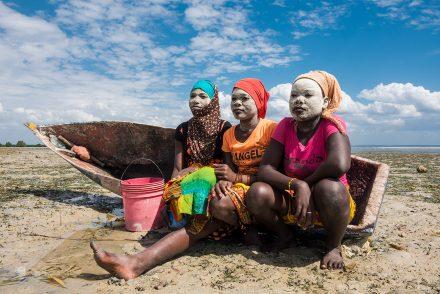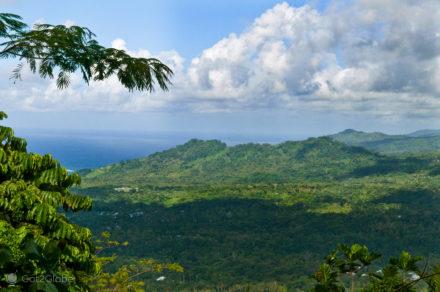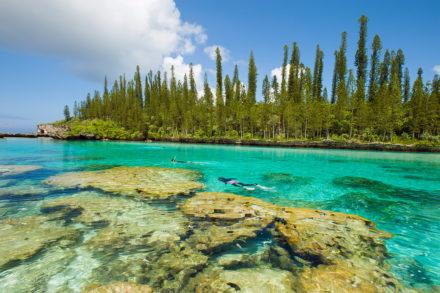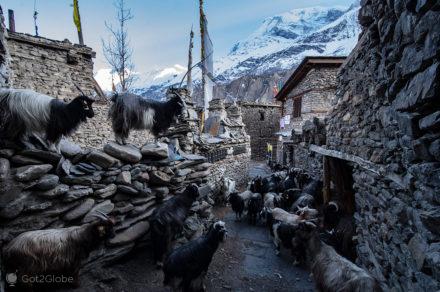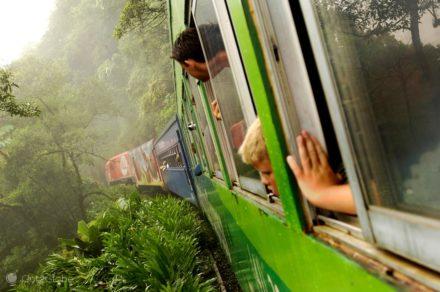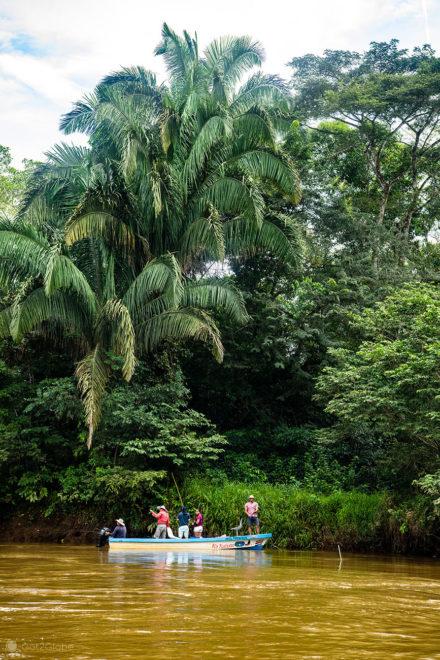It was the first sensation we had of São Miguel, that of, after ascending to the luxuriant stronghold of Caldeira Velha, landing in a world apart.
The springs bubble and smoke. Some sprout so hot that they are entitled to screaming warnings of danger of cooking.
The steam rises. It irrigates a profusion of majestic arboreal ferns that we associated with the sub-tropical and sulphurous forests around Rotorua or the Golden bay, in the North and South Islands of New Zealand.
More and more souls are arriving in a vacationing ecstasy.
They undress in a hurry and compete for the best spots in the best pools and ponds.
When, finally, they settle down in harmony, they enjoy the divine liquid coziness.
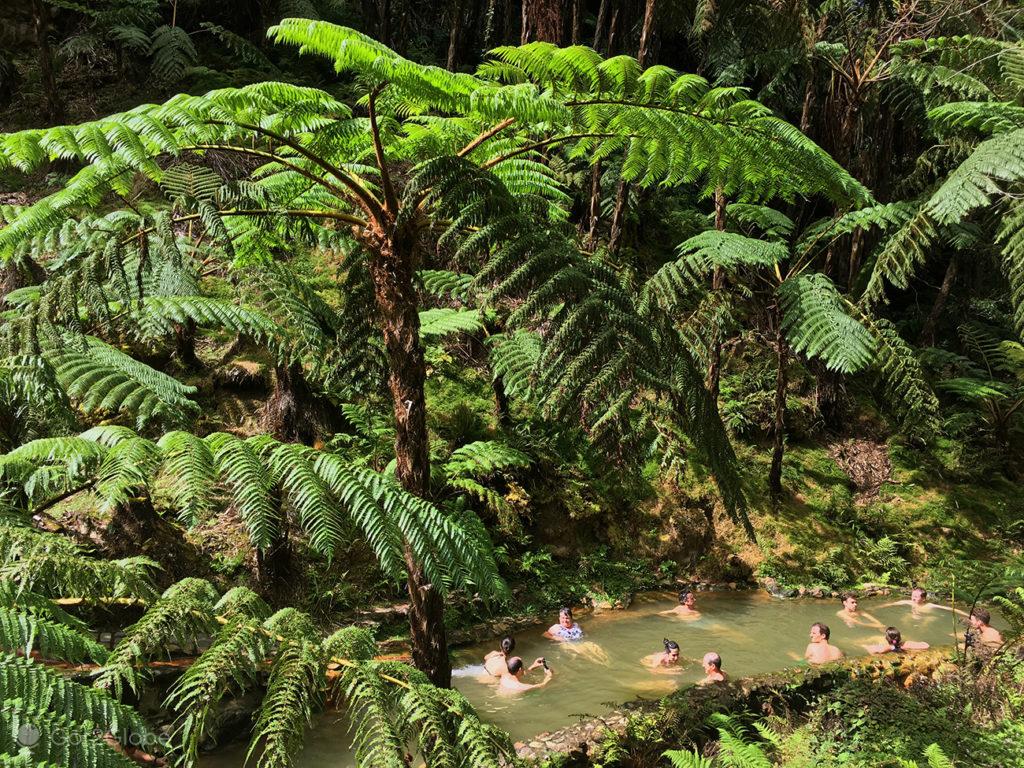
A typical scene from a Jardim das Delicacies in one of the geothermal lagoons of Caldeira Velha.
With much less time than the rest of the bathers, we didn't take long to expel ourselves from that geothermal paradise.
From there, we point to the highest lagoon on São Miguel.
The Lagoa do Fogo (view) of São Miguel
Lagoa do Fogo appears in the caldera of the island's benjamim volcano, which erupted for the last time in 1563. The island had been inhabited for over a century, following the pioneer of the south. Santa Maria.
Despite the baptism and its history, saturated by sunlight, this huge lacustrine body is displayed in a turquoise tone that blends in both with that of the nearby sea and that of the celestial vault above.
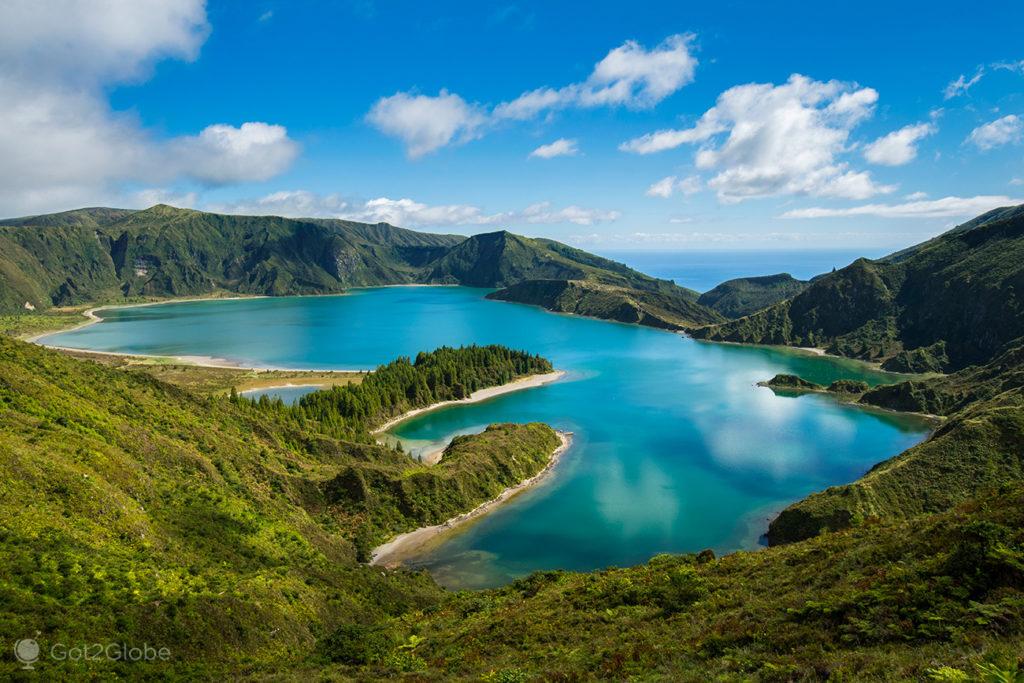
Sunlight highlights the turquoise blue of Lagoa do Fogo, the highest in São Miguel.
"Sorry, can you help me?" a distressed French hiker challenges us. “I didn't expect the trail to be so long. I really need water”.
We give her a bottle that the girl almost leaks without breathing. We asked if you wanted us to take you to the lagoon. “Walking is walking, now I'm fine, I'm going to walk there!”
We make sure it's in good condition. Then, we descend to the wild coast of the north coast. In the vicinity of Ribeira Grande, we bend to the east and make our way back to the top lands.
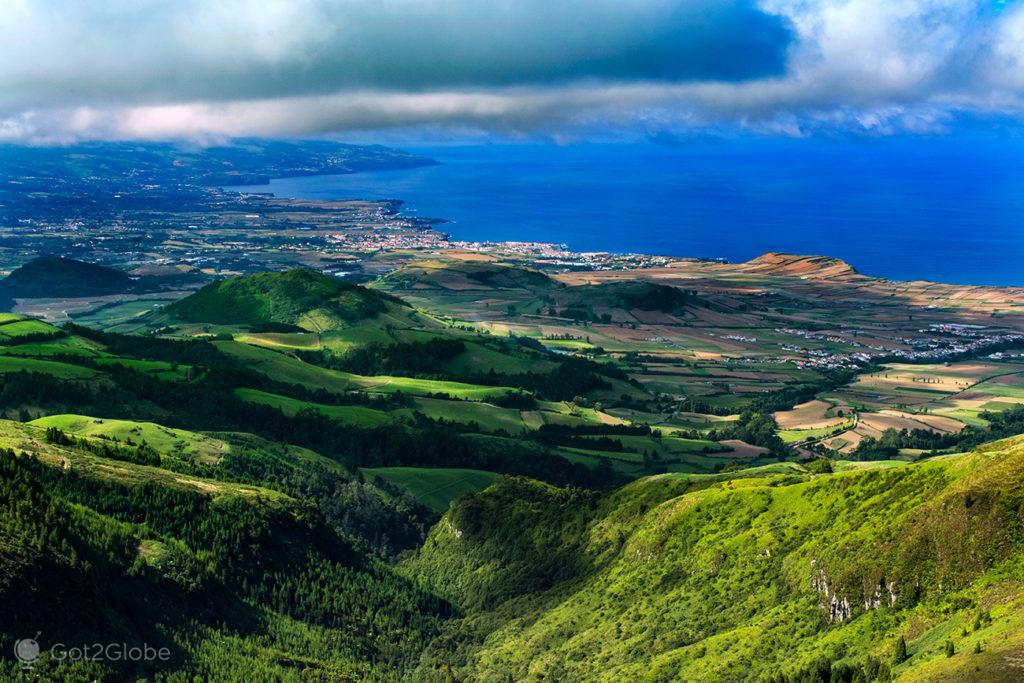
View of the north coast of São Miguel from the road that leads to Lagoa do Fogo.
Along the way, herds of black and white cows succeed one another, lucky producers of the increasingly distinct pasture milk of the Azores.
A long avenue flanked by hydrangeas that the summer had turned to pink leads us to the natural terrace of Pico de Ferro.
From the suicidal edge of its heights, between vertigo and wonder, the lagoon and the village that share the same name are revealed to us: Furnas.
The Top of Pico do Ferro and the Depths of Furnas
The lagoon spreads out just below, in a more exuberant green than the surrounding vegetation.
The village, on the other hand, appears remote, lost in a wide and deep crater, also lush, covered with meadows dotted with trees. We cross it on the way to the shores of the lagoon.
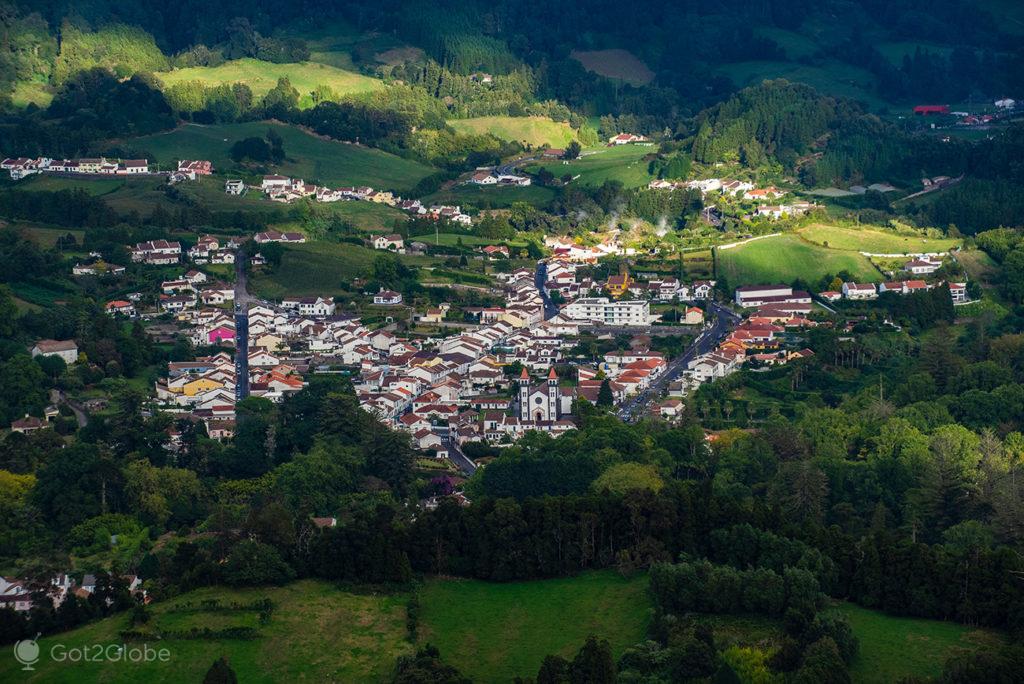
The village of Furnas, in the green depths of São Miguel.
We completed the Caldeiras walkway among the fog of the resident fumaroles.
It took some time for one of the reputed local stews to come out of the ground. We ended up tasting it – as similar as possible – in a restaurant in the village.
Next door, to the delight of some children and the compassion of two German tourists, swans coming from the water sow panic among a flock of ducks, intent on monopolizing, by pecking at rivals, the corn offered by the owner of a food and drink trailer.
Despite the seclusion of the place, the inhabitants of the Vale das Furnas suffered unexpected attacks from pirates who, for centuries, targeted the Azorean villages.
Around 1522, the seven-kilometer-diameter boiler was used only to collect wood needed to rebuild houses destroyed by earthquakes that affected Vila Franca do Campo.
From the unstable past of the Azores to the stronghold of natural well-being
One hundred years later, several settlers inhabited it, when a volcanic eruption forced them to disband.
Many more returned attracted by the extreme fertility of the soil. However, the adversities continued.
As narrated by Marquez de Jacome Corrêa, in 1679, Berber pirates sacked the Ribeira Quente and entered the caldera, where they stole sheep. Residents asked the governor of Ponta Delgada a cannon. This one ignored them.
Today, more than peace, Furnas is a destination of pure delight. This is proven by the small crowd of bodies floating in the ocher water of the outdoor swimming pool at the Jardim Botânico and the Terra Nostra hotel, one of the ecological retreats of the world really special.
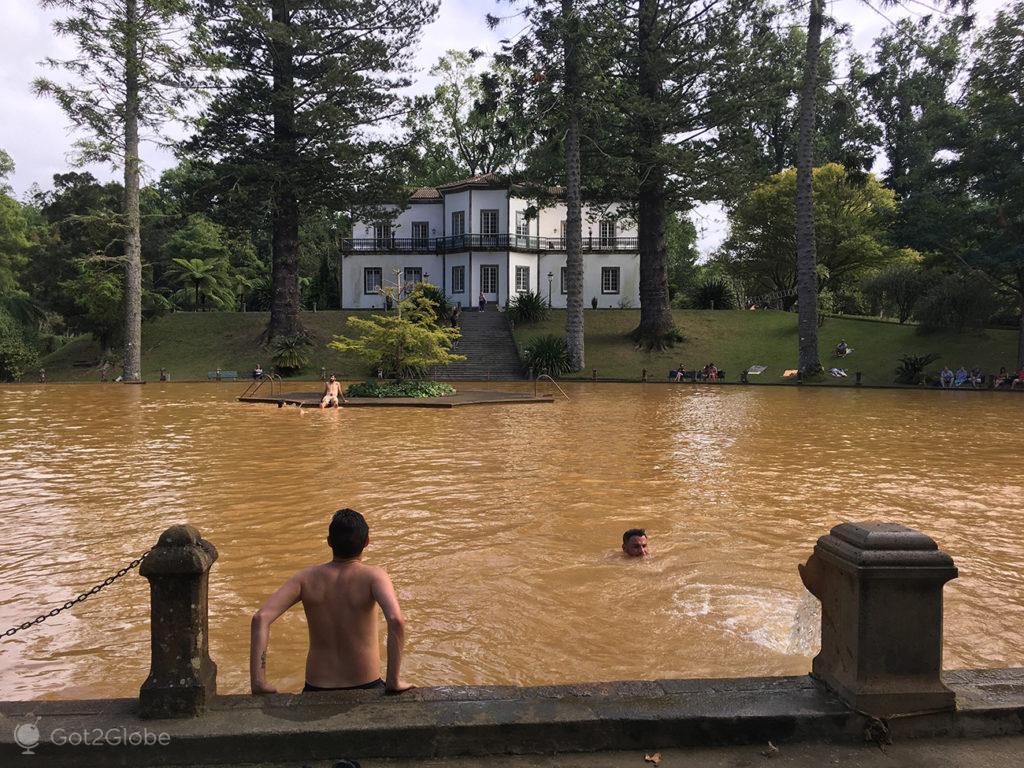
The live outdoor swimming pool of the Jardim Botânico and Terra Nostra hotel.
The US consul in San Miguel began building it around 1775. Thomas Hickling was a wealthy merchant from Boston. chose the place to your house field, known as Yankee Hall.
The property passed to Visconde da Praia and, later, to Marquês da Praia and Monforte.
Over the years, it evolved from Hall into the botanical garden that today marvels outsiders. He kept us most of the time in Furnas.
In such a way, that when we left, we only visited the other interests of the village in a play-and-run mode and returned, once again, to the capital with the night in place.
The awakenings are easily repeated when the day's agenda is limited to continuing the exploration of São Miguel.
In Search of the Seven Cities of São Miguel
On the ground, the island has little to do with what we learn on maps of remote primary education.
São Miguel is much more than a mere tiny patch lost in the immense blue Atlantic.
Like the island itself, its impressive lagoons seem to multiply. They are so impressive that we cannot avoid them.
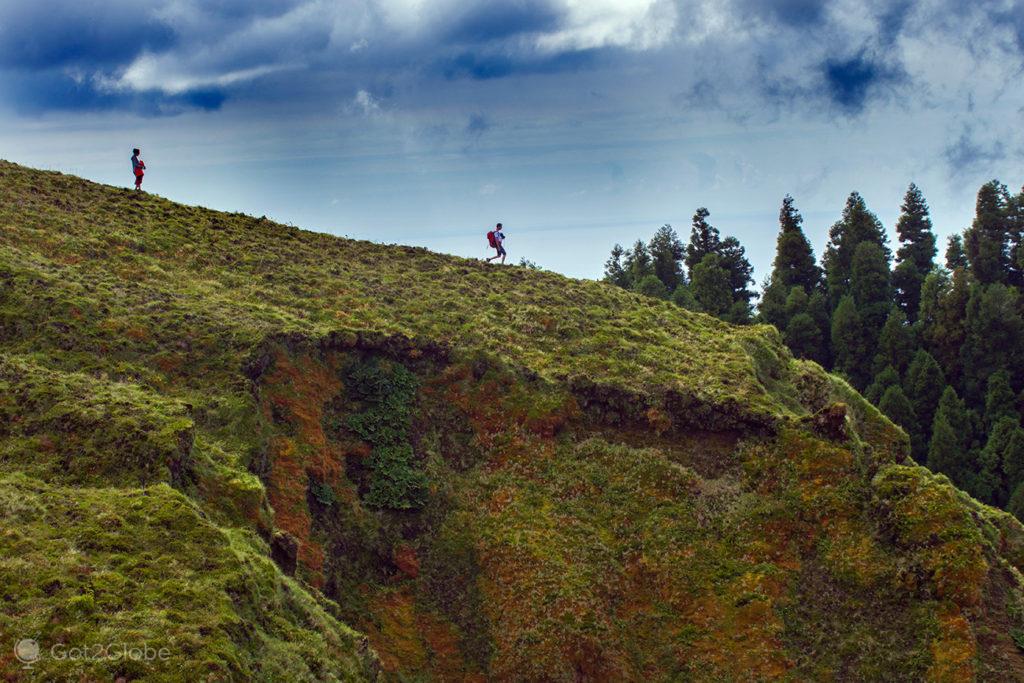
Hikers descend a ravine near the Boca do Inferno Viewpoint.
We continue our drive up the island, towards the green and idyllic domain where its Sete Cidades are hidden.
Of the various eccentricities with a prehistoric volcanic past scattered there, the Miradouro da Boca do Inferno seems to have disappeared over time.
Fed up with inconsequential comings and goings in search of him, we stopped and asked three rural workers on the side of the road for directions. Just seconds after his willful explanation, a relational shiver strikes us.
As much as we concentrated, his sentences were unintelligible to us.
Word after word, we only confirm it.
They, on their side, certainly reliving that inconvenience, realized above all that we didn't understand anything they were saying, they surrendered to frustration and shy embarrassment.
The Colonization of São Miguel and the Cerrar Progressivo do Sotaque
The settlement of São Miguel began on September 29, 1444, the day of the archangel of the same name, at that time, patron of Portugal.
Attracted by the exemption from taxes required at the origin, arrived from Alentejo, Algarve, Extremadura, Madeira, also foreigners, especially the French.
In the nearly six centuries that have elapsed, given over to that island 1500 km from the mainland, the Azoreans have unconsciously tightened their accent.
They did so until it became impossible to compare it with any other pronunciation of the rectangle on the edge of Europe planted.
We thank you and say goodbye.
Amazing Lagoons, inside Craters, inside Caldeiras
Finally, there we found the steep trail to the viewpoint over the Canário lagoon, which we conquered in the company of foreign hikers.
When we arrive at the platform where it ends, we unveil one of the most majestic and elegant panoramas of the Azores and, dare we say it, of the Planet.
From there, São Miguel closed to the northeast in an unusual group of lakes sheltered in an old massif, with all its scenery sandwiched between the vast North Atlantic and the grassy slopes of the enormous border.
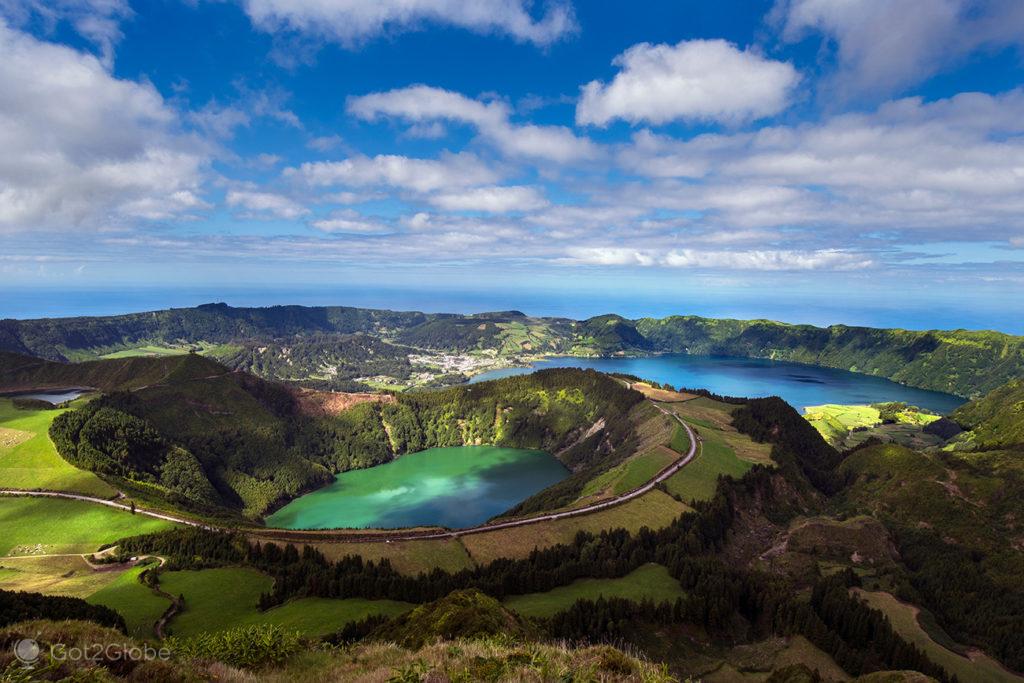
The breathtaking view of the Sete Cidades massif, with the various lakes filling the huge volcanic caldera in the northwestern tip of São Miguel.
After an hour, we gained courage. We turn our back on him and return to the 9-1A national road.
We tour it with useful stops, such as Vista do Rei, which allows us to glimpse Sete Cidades, on the banks of the Verde and Azul lagoons, just as King D. Carlos and Queen Dª Amélia did in 1901.
We exchanged the asphalt for the land of Cumeeira, a supreme road that appears to subsist in an early equilibrium, with surreal views both into the huge Seca and Alferes caldera, their lagoons and the houses of Sete Cidades, as well as the oceanic slope and the villages in the its foothills: Riders, in the background, Mosteiros. We advance slowly.
We give way to a tractor and a work van that we come across in the opposite direction of that narrow road that was created as a rural asset, not as a tourist complement.
From the edge of the Grande Caldeira to the heart of the Sete Cidades de São Miguel
When the road ends, we descend from the border to the village of Sete Cidades, which the first settlers named after the old legend “Insula Septem civitatum” interpreted as the Island of the Seven Peoples or Tribes and which foreshadowed the existence of human life in the middle of the Atlantic.
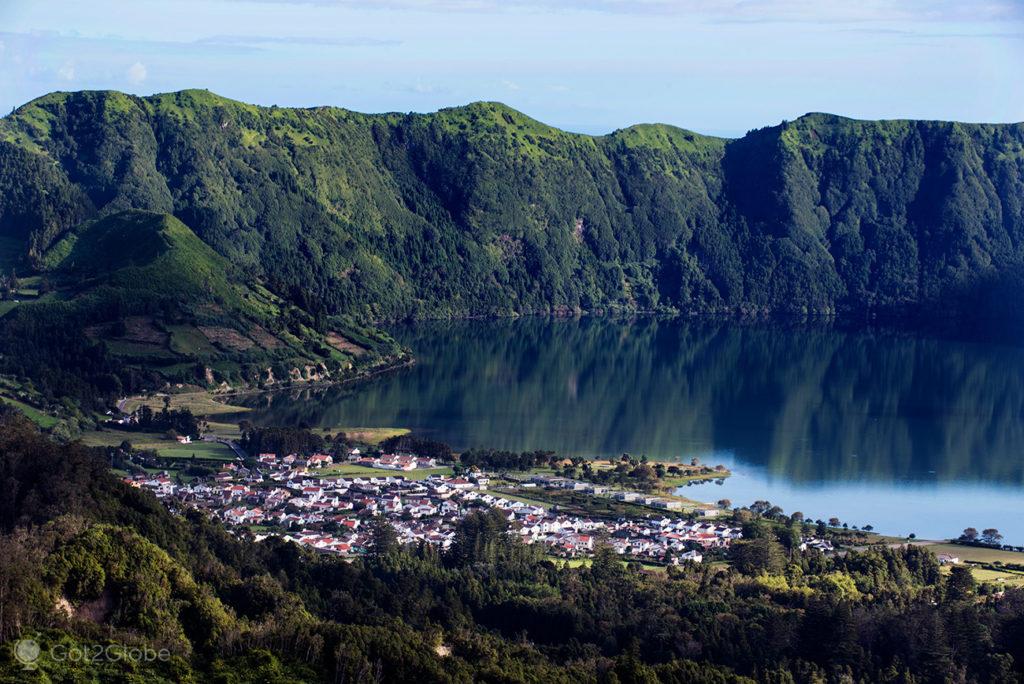
The houses of Sete Cidades are housed inside one of the largest boilers in the Azorean archipelago.
The legend dates back to the Phoenicians and other Mediterranean peoples. It appeared in 750 AD in a document written by a Christian cleric in Porto Cale (Porto).
It may have inspired Infante Dom Henrique himself to privilege maritime discovery towards the West rather than the continuation of the conquest in North Africa.
From Sete Cidades, we point to the village of Mosteiros. Halfway through the route, we stop at the Ponta da Ferraria natural pool, looking forward to a warm and relaxing ocean bath.
But the Atlantic is not tidal.
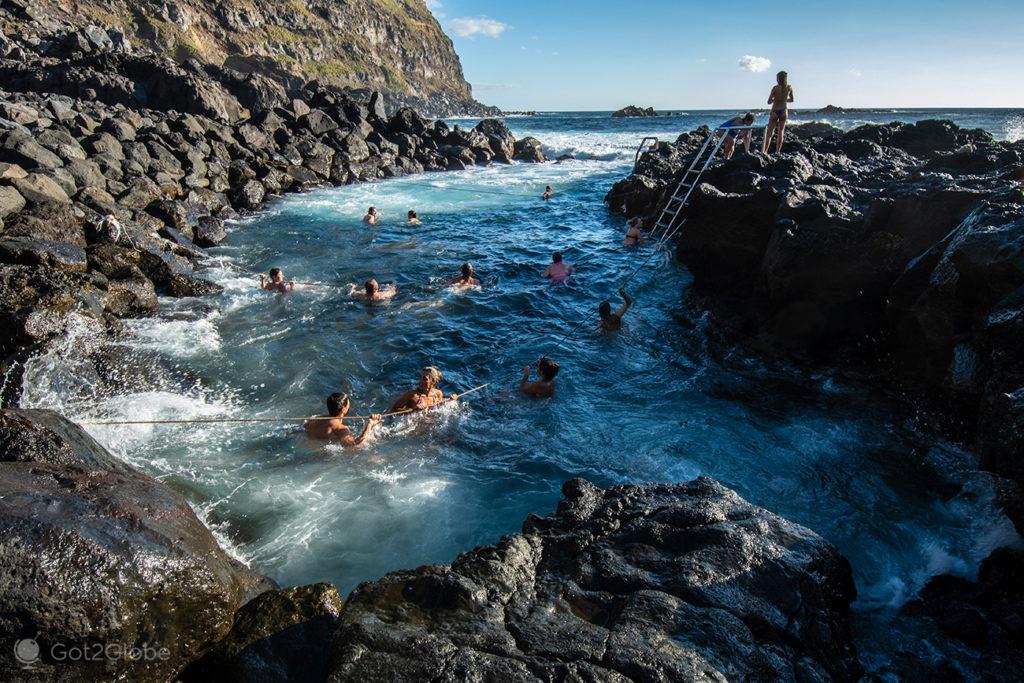
Waves shake the marine pool of Ponta da Ferraria.
Brief tour of the São Miguel Monasteries
The vacancies come in with more vigor than was supposed. They overly agitate the flow of the pool closed by the configuration of the lava slab.
Even so, we cling to the ropes that cross it as if we were on a table football under a deluge. As other bathers did, instead of just relaxing, we had fun with the vagaries of the swell.
The sun was descending before our eyes. Under the pressure of the fast sunset, we returned to the path, barely dry, salty but with faith in what the Monasteries would reveal to us.
The detour to the village meanders from the main road and down the slope. In one of the meanders, beyond a thriving reedbed, its houses surprise us.

The target houses of Mosteiros, arranged on a vast slab full of vegetation.
It extends from the opposite end of the large slab to the black sandy cove. This last bay announces the rock formations that inspired the local toponymy.
Dozens of surfers enjoy the vigorous swell under the eyes of some young residents who appreciate their movements.
On the beach, bathers from all over the world are sunning themselves while, at last, the great star dissolves below the horizon.
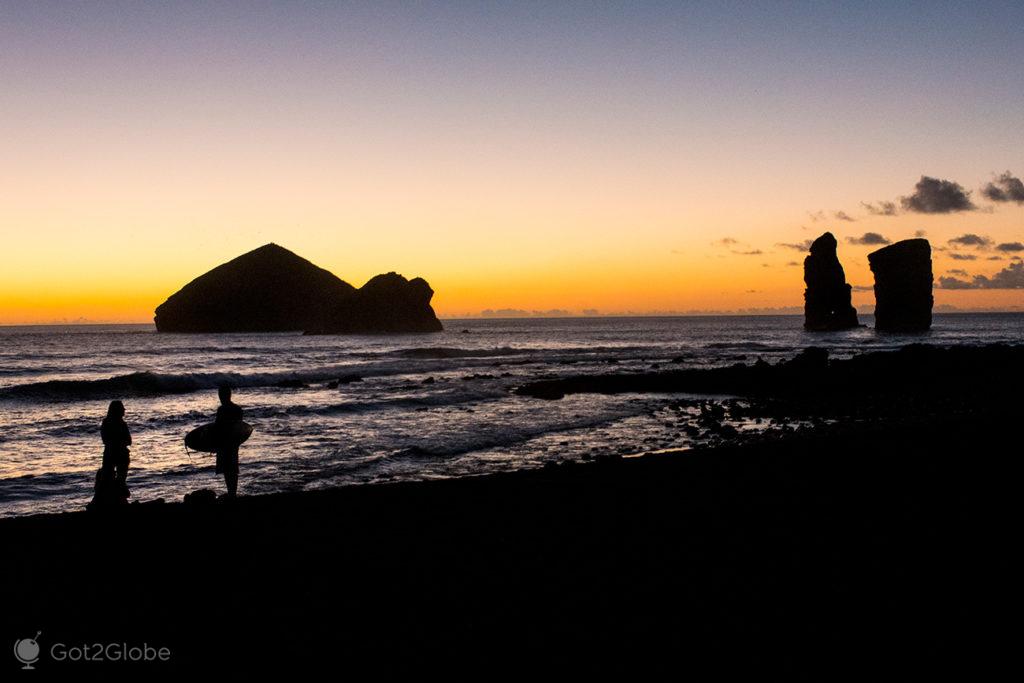
A duo of surfers converses with the twilight taking care of Mosteiros beach.
The “monasteries” – large black rock sculptures projecting from the translucent sea – invited the darkness. Twenty minutes later, we were as at the end of the energies and discovery of São Miguel as the day.
Azores Airlines
SATA
Visit Azores
